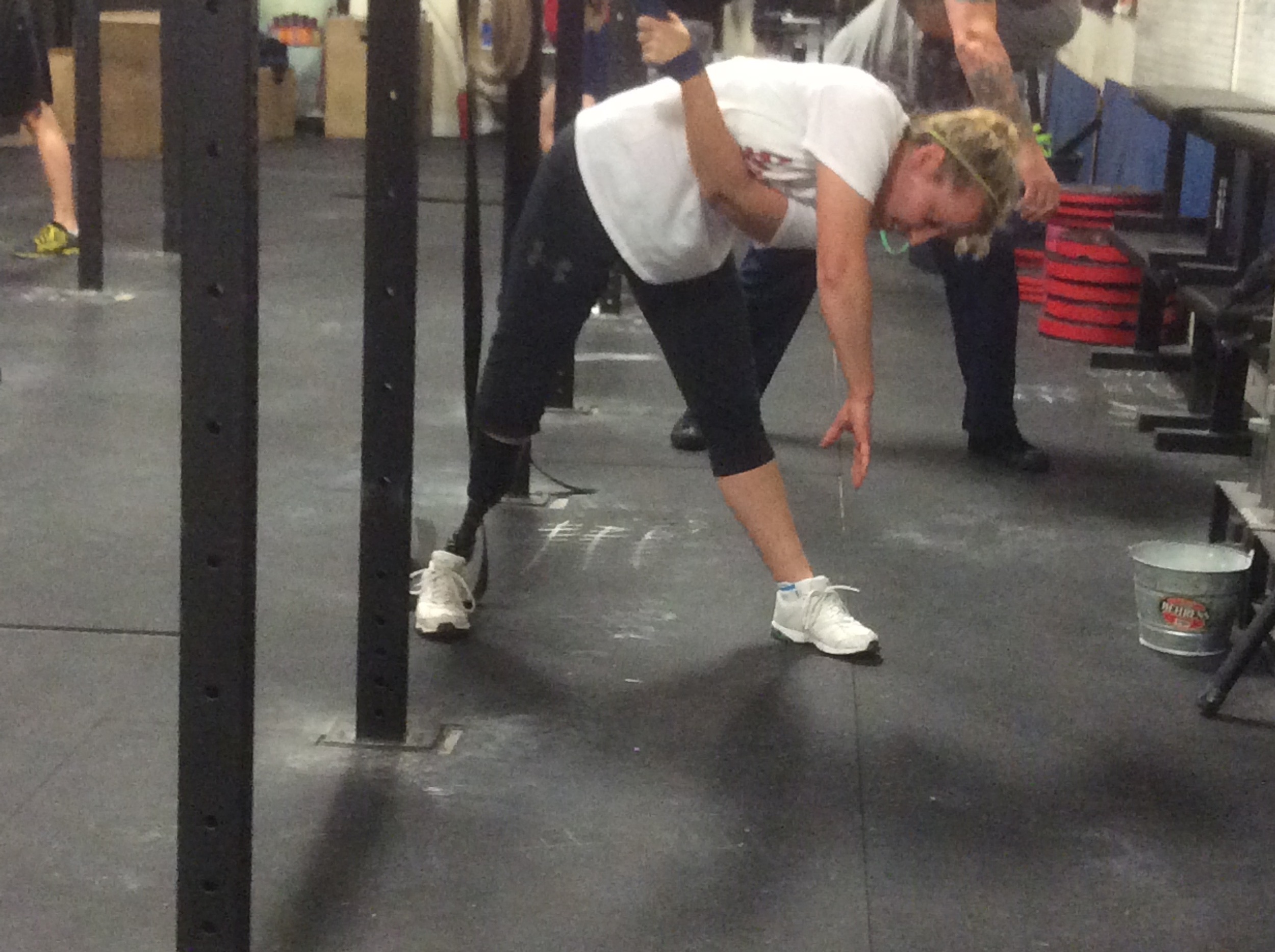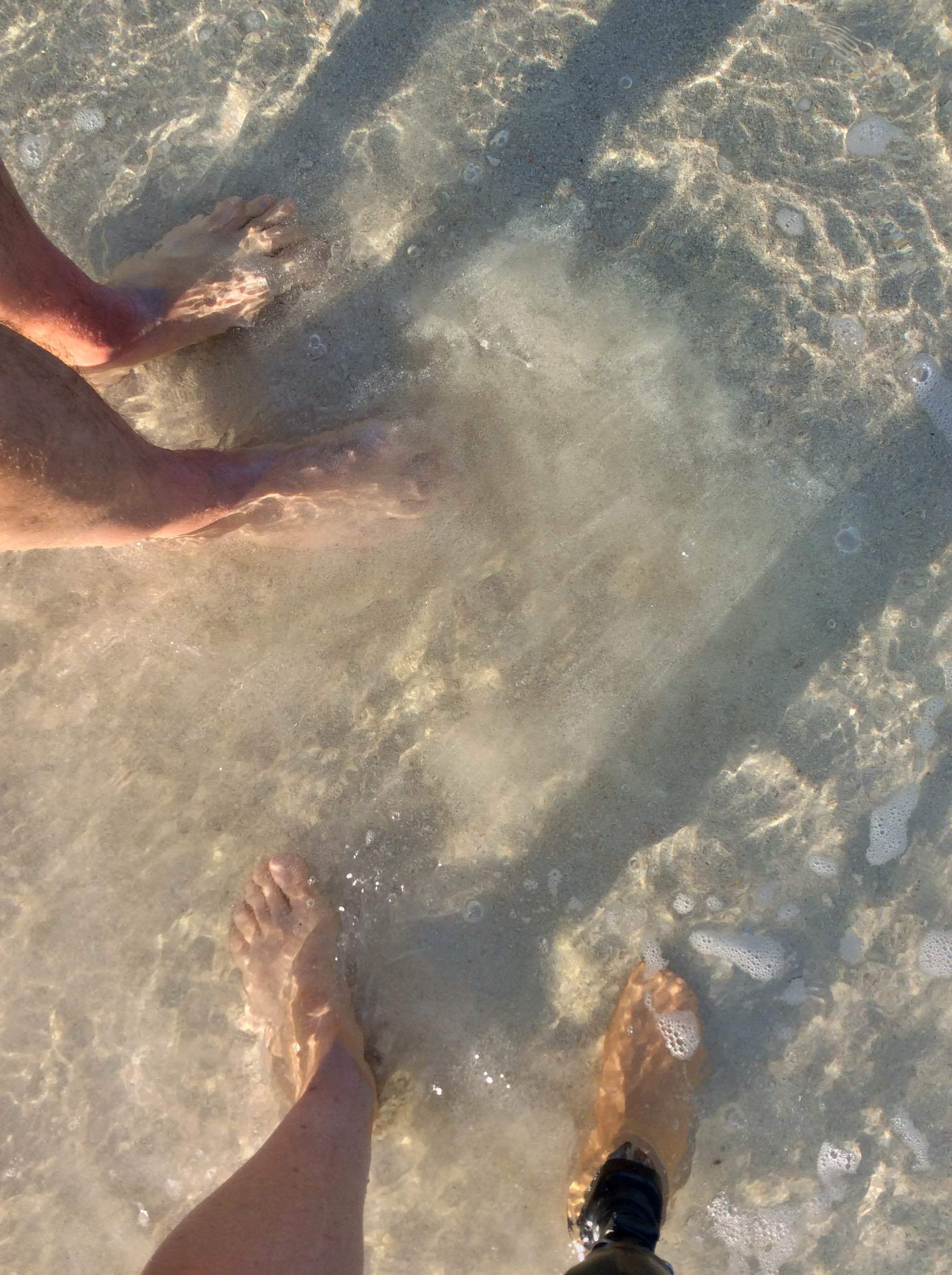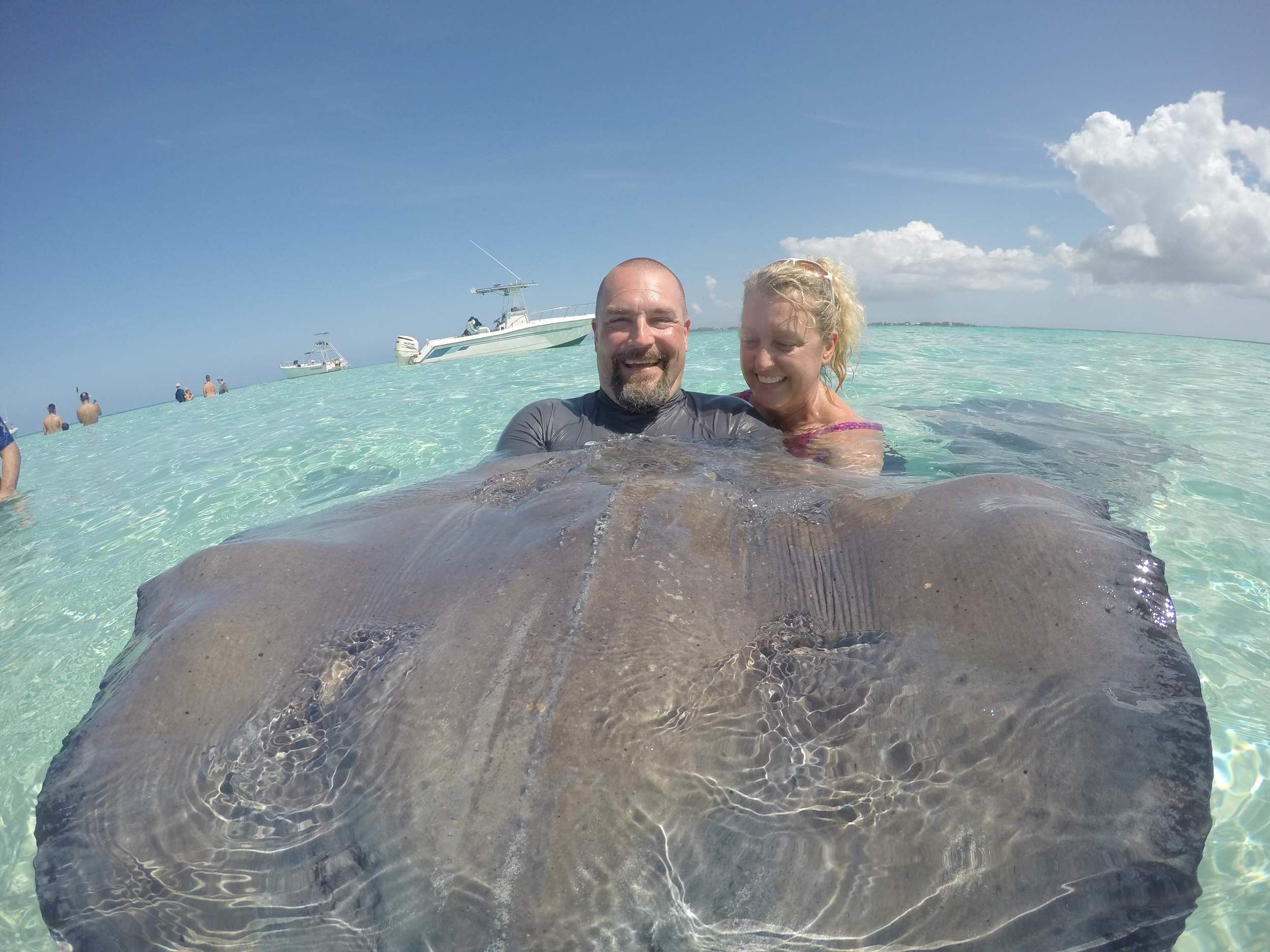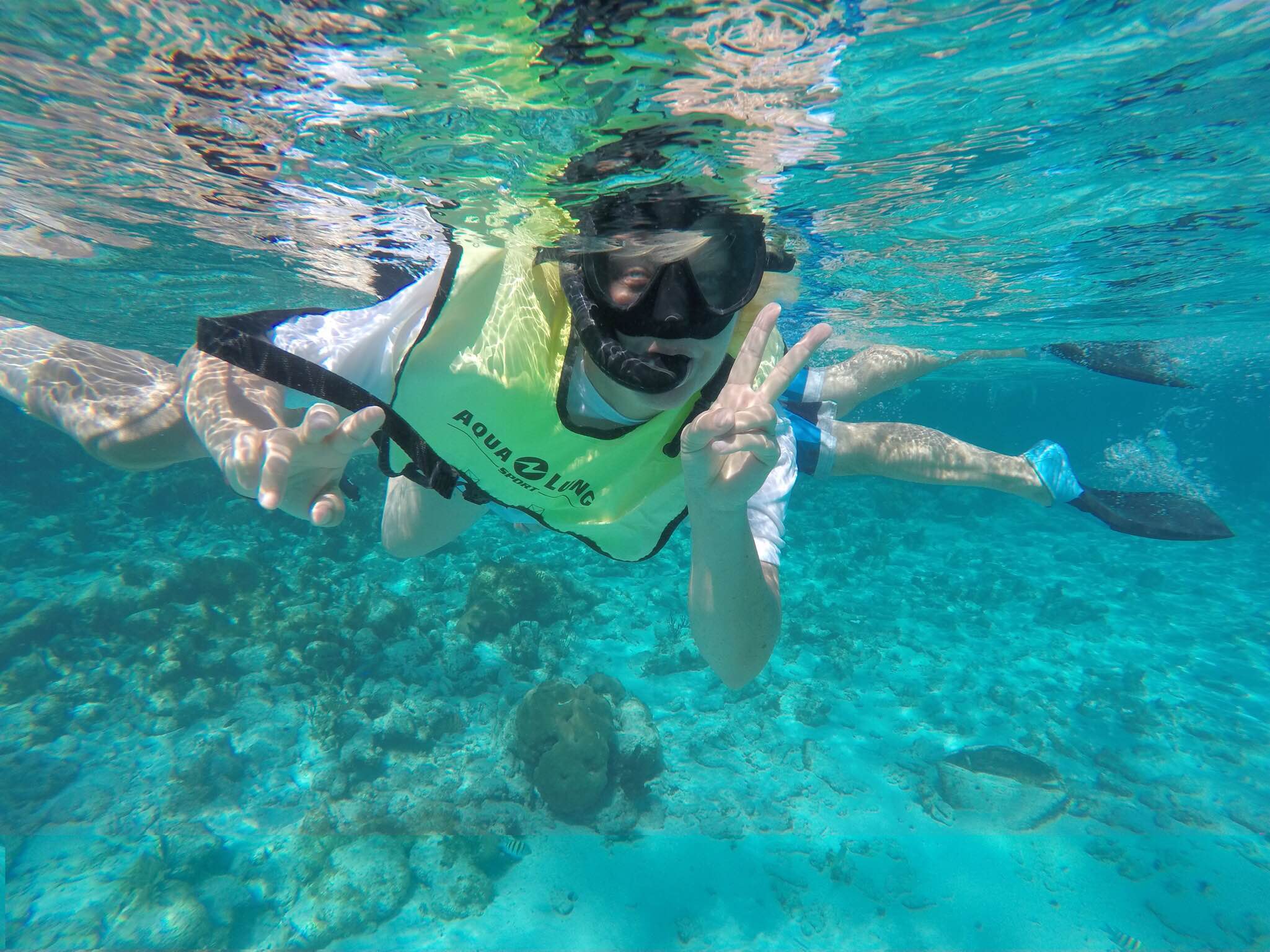Last month, October 2016, Richard “Dick” Devers, Sr. and his wife Lynn celebrated forty-one years of marriage – a pretty significant anniversary in anyone’s book. This month, November 2016, Dick marks another milestone - the first anniversary of his amputation. Somehow, that seems less celebratory, but Dick says, "I've come a long way, baby”, and he celebrates everything he has accomplished in the last year.
Looking back, Dick recalls how suddenly and unexpectedly he became an amputee. An avid do-it-yourselfer (this guy built his own house!), he was doing some remodeling last November on his daughter’s home when he suddenly felt ill. He didn’t have any pain, but after a week of no improvement, went in to the doctor. The next thing he knew, he was in the hospital diagnosed with diabetes and a serious infection in his leg, which rapidly became gangrenous. The surgeon removed dead tissue, but despite all efforts, the situation deteriorated to the point where Dick had a decision to make.
With his guardian angel Lynn by his side, Dick began his recovery as a below knee amputee. He says it felt like he had been kicked in the stomach, and he had to figure out what he was going to do without a leg. The first thing was to get his diabetes under control and for his residual limb to heal. During that four month period, he came to grips with his new state of health and while stuck between a bed and a wheelchair began to plan how he was going to get back to doing all the things he was doing before this happened. And a very important priority was – how was he going to get back on his bike?
Bike - as in motorcycle. While a self professed country boy, this West Virginia native is very well travelled – having visited a great many states all across the country on his travels over the years with Lynn on their motorcycles. He had been riding since he was eleven years old, and he wasn’t going stop now. He and Lynn had recently traded their two wheelers in for a “trike” – a three wheeler they could ride together, and they had great plans to continue their journeys as part of their retirement. It was very important to figure out how he was going to make this work. Even though he was still in a wheelchair and didn’t even have his first temporary prosthesis, he hopped onto his bike one legged, and that’s when he knew he would be able to do it.
Keeping this goal in mind, he started work with a physical therapist, and also visited Mark Treasure, Dankmeyer’s prosthetist in the La Vale, MD (Cumberland area) office. Dick had heard good things about Mark, and made arrangements with his insurance to make Dankmeyer his provider. A retired Programmer/Analyst, Dick turned to the computer and became an avid researcher about amputation and prostheses, and says he pestered Mark with a million questions. Dick made some cost cutting decisions when working with Mark for his first temporary prosthesis. Now, he is getting used to a more advanced definitive prosthesis, with its multi-axis foot, and finds he is more mobile and balanced.
Everything is a process, with ongoing adjustments as he learns to do things using his prosthesis and figures out what works and what doesn’t. He believes it is a challenge that he has to give his best shot. Some of the anxiety he experienced when he first went out in public in shorts has gone away. People will ask questions, particularly children, and he decided this was just part of him now – “I had to be me.” He also notes that one gentleman thought that his leg was so well made, it simply looked like Dick was wearing a knee brace. Other amputees have been supportive and encouraging.
Now, with the Lord’s help, and that of his children, grandchildren, and friends, and with Lynn as his “enforcer”, his diabetes is well controlled, and he is back to some DIY projects. This fall, he is enjoying his West Virginia Mountaineers play well as part of NCAA football in the Big 12 conference. More importantly, he has made some very simple modifications to the motorcycle to allow him to shift gears, and he is “back in the wind” again. He says his beloved West Virginia is made for riding, and he and Lynn are looking forward to continuing roaming around the USA as he gets more settled with his prosthesis. Though he is physically healed, he feels that telling his story on this first anniversary helps in his emotional healing. He knows, without a doubt, he is headed “onward, and upward”.
For a slideshow of photographs of Dick and Lynn's travels, Dick's recovery, learning to use his temporary prosthesis and now his definitive prosthesis, then click here.












